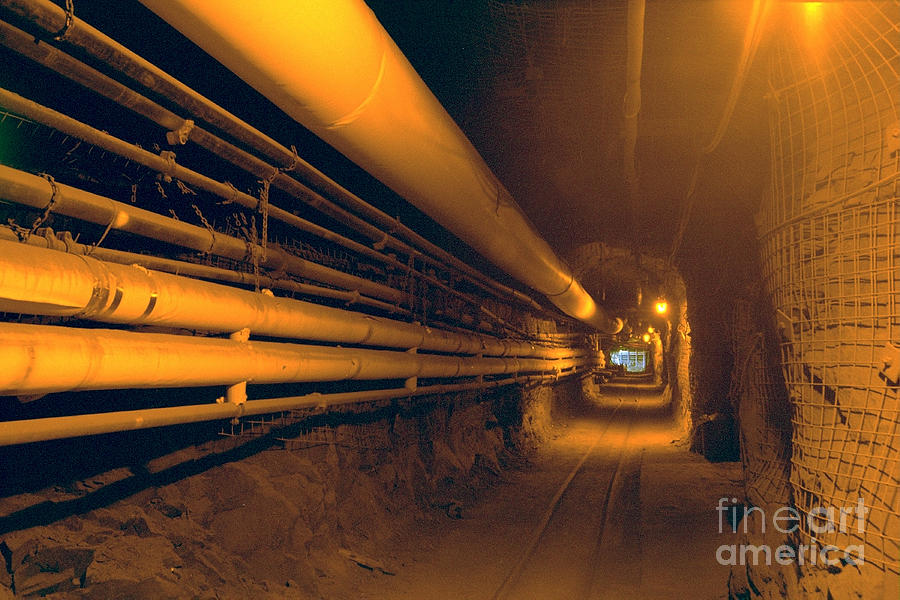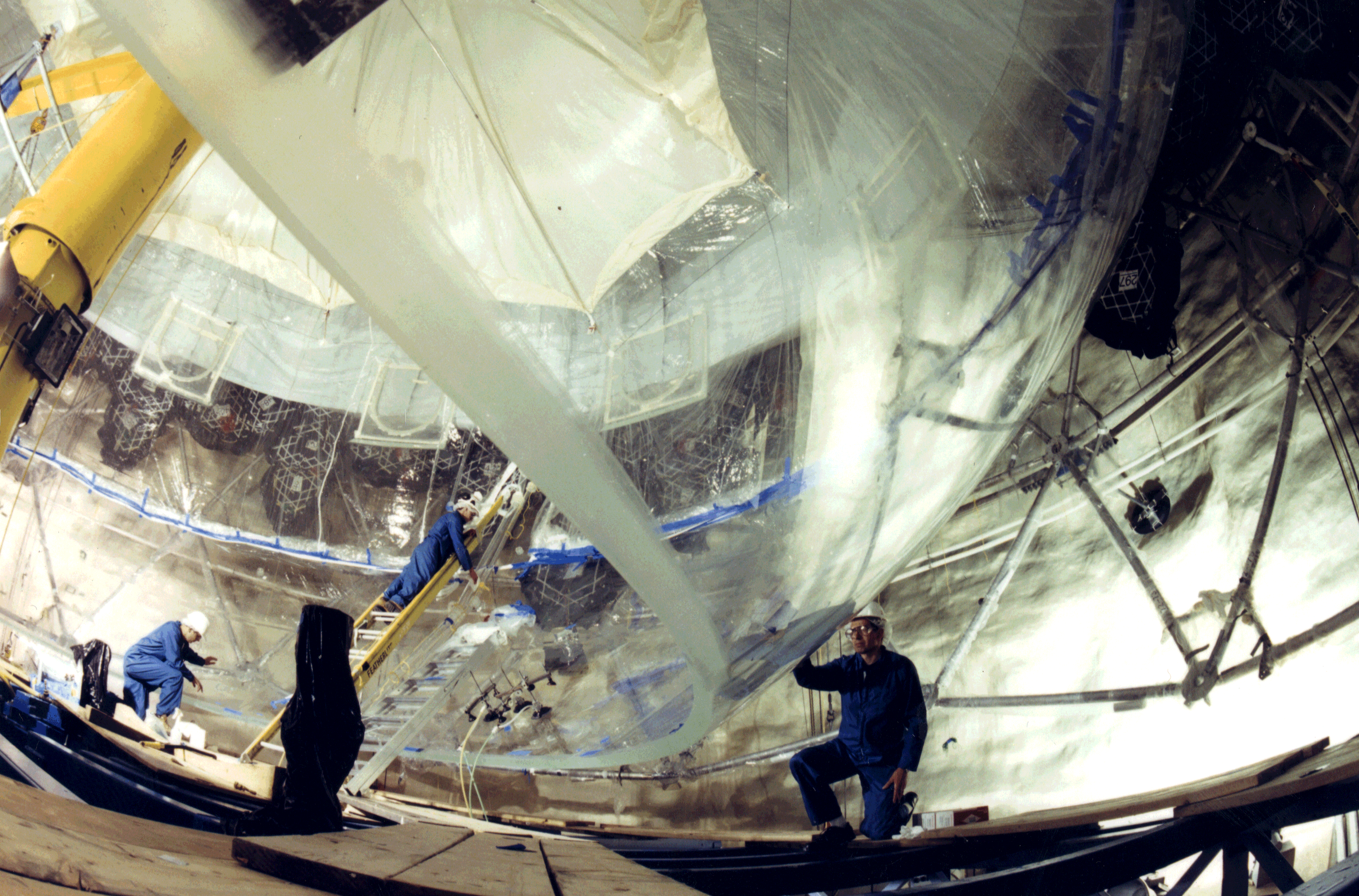

Their further measurements can address the transformation of neutrino type with even greater sensitivity, as well as studying other properties of neutrinos, of the Sun and supernovae.The Sudbury Neutrino Observatory (SNO) was a heavy water ˘ Cerenkov detector that had the unique ability to measure both the total active flux of solar neutrino, using a neutral current (NC) interaction, and the flux of electron neutrinos, using a charged current (CC) interaction.

They combined these first SNO results with measurements by the SuperKamiokande detector in Japan of the scattering of solar neutrinos from electrons in ordinary water (offering a small sensitivity to other neutrino types), to provide the direct evidence that neutrinos oscillate.Īt the beginning of June the SNO scientists began the next phase of their measurements, by adding salt to the heavy water, to study another neutrino reaction with deuterium that provides a large sensitivity to all neutrino types. From this initial phase, the SNO scientists report on an accurate and specific measurement of the number of solar electron neutrinos reaching their detector, by studying a reaction unique to heavy water where a neutron is changed into a proton.
#SUDBURY NEUTRINO OBSERVATORY SERIES#
The results being reported today are the first in a series of sensitive measurements that SNO is performing. The SNO detector, which is located 2,000 meters below ground in Inco's Creighton nickel mine near Sudbury, Ontario, uses 1,000 tonnes of heavy water to intercept about ten neutrinos per day. Co-Spokesman and Professor of Physics at the University of Washington in Seattle. "Even though there is an enormous number of neutrinos in the Universe, the mass limits show that neutrinos make up only a small fraction of the total mass and energy content of the Universe," says Dr. By combining this with information from previous measurements, it is possible to set an upper limit on the sum of the known neutrino masses. The direct evidence for solar neutrino transformation also indicates that neutrinos have mass. Theoreticians will be seeking the best way to incorporate this new information about neutrinos into more comprehensive theories." This transformation of neutrino types is not allowed in the Standard Model of elementary particles.

#SUDBURY NEUTRINO OBSERVATORY FULL#
"The determination that the electron neutrinos from the Sun transform into neutrinos of another type is very important for a full understanding of the Universe at the most microscopic level. David Wark of the Rutherford/Appleton Laboratory and the University of Sussex. "It is incredibly exciting, after all the years spent by so many people building SNO, to see such intriguing results coming out of our first data analysis * with so much more to come," says U.K. The SNO scientists present their first results today in a paper submitted to Physical Review Letters and in presentations at the Canadian Association of Physicists Annual Conference at Victoria, B.C. The new results from SNO, combined with previous work, now reveal this transformation clearly, and show that the total number of electron neutrinos produced in the Sun are just as predicted by detailed solar models." "Earlier measurements had been unable to provide definitive results showing that this transformation from solar electron neutrinos to other types occurs.

Art McDonald, SNO Project Director and Professor of Physics at Queen's University in Kingston, Ontario. "We now have high confidence that the discrepancy is not caused by problems with the models of the Sun but by changes in the neutrinos themselves as they travel from the core of the Sun to the earth," says Dr. This meant there was something wrong with either the theories of the Sun, or the understanding of neutrinos. Since the early 1970s, several experiments have detected neutrinos arriving on Earth, but they have found only a fraction of the number expected from detailed theories of energy production in the Sun. Electron-neutrinos, which are associated with the familiar electron, are emitted in vast numbers by the nuclear reactions that fuel the Sun. There are three types: the electron-neutrino, the muon-neutrino and the tau-neutrino. Neutrinos are elementary particles of matter with no electric charge and very little mass.


 0 kommentar(er)
0 kommentar(er)
